How to Fix a Bad Drywall Mud Job
Have you ever finished a drywall mud job and thought it looked terrible? You’re not alone. Many people struggle with this task, but there are some things you can do to make your mud look better. In this blog post, we will discuss the most common mistakes people make when mudding and how to fix a bad drywall mud job. We will also provide some tips for creating a smooth and professional-looking finish. So if you’re having trouble with your drywall mud, read on.
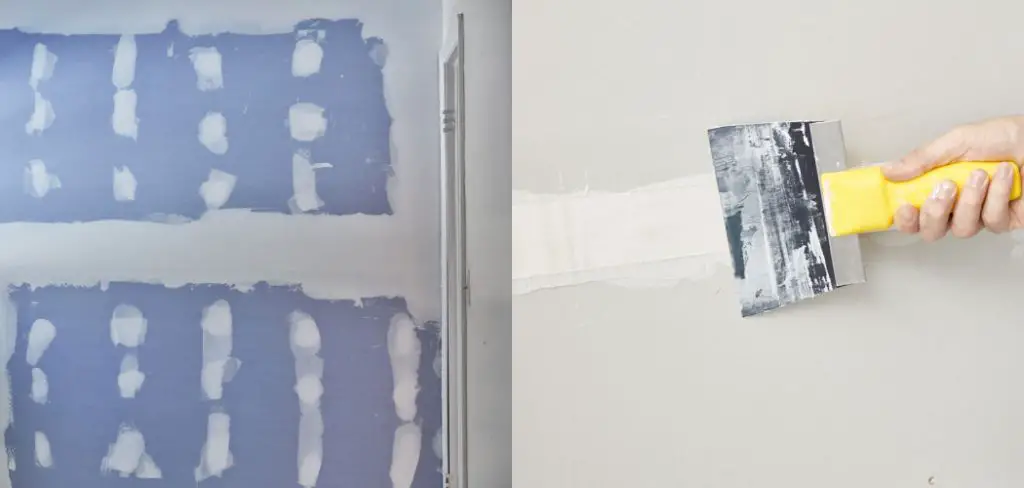
What Causes a Bad Drywall Mud Job?
Several factors can contribute to a bad mud job. Here are some of the most common mistakes people make:
Not Applying Enough Mud
One of the most common mistakes people make is not applying enough mud. This can cause your seams to show through and your finish to be uneven. Make sure you apply a generous amount of mud to your seams and corners and don’t be afraid to add more if needed.
Applying Mud Too Thick
Another common mistake is applying mud that is too thick. This can cause the mud to crack and create an uneven finish. Instead, when applying mud, you should use a thin layer that is just thick enough to cover the seams.
Not Sanding Between Coats
If you don’t sand between coats of mud, the surface will be uneven and lumpy. Make sure you sand each coat of mud before applying the next. This will create a smooth surface that is easy to paint or wallpaper.
Applying Mud Over Dirty Walls
If your walls are dirty, the mud will not adhere properly and create an uneven finish. Make sure you clean your walls before applying mud.
Not Letting the Mud Dry
If you don’t let the mud dry completely before sanding, you will create a dust storm. So make sure you let the mud dry completely before sanding or painting. Letting the mud dry for 24 hours before applying the next coat is also a good idea.
Applying Mud Over Old Paint
If you apply mud over old paint, the new paint will not adhere properly and will peel. Make sure you remove all of the old paint before applying mud. Old Paint can be removed with a paint stripper or sandpaper.
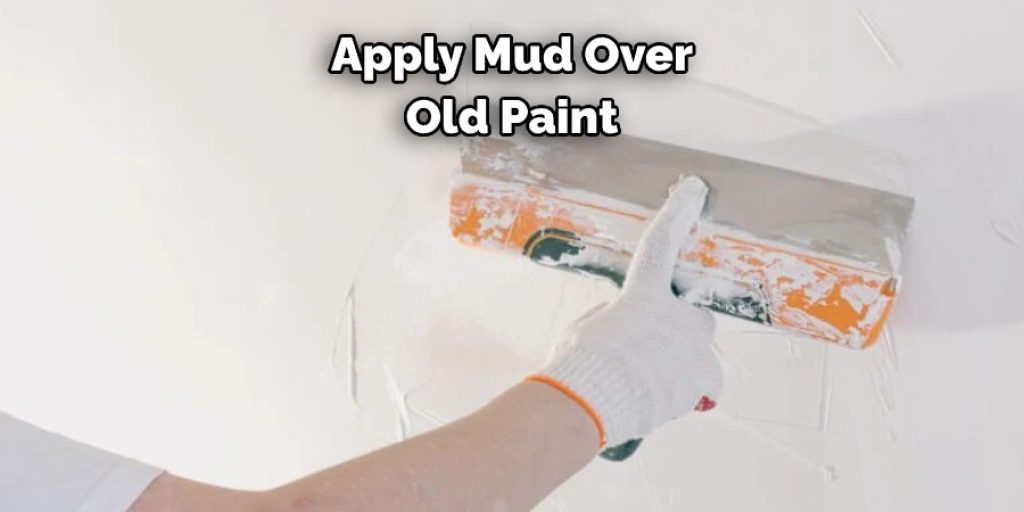
Why it’s important to fix a bad drywall mud job
Bad drywall mud jobs can cause several problems. First, they can make your walls look uneven and unprofessional. Second, they can make it difficult to paint or wallpaper over the mud. Third, bad drywall mud can cause the new paint or wallpaper to peel. Finally, bad drywall mud can make it difficult to repair the drywall if it is ever damaged.
Some Simple Ways How to Fix a Bad Drywall Mud Job
1. Identify the Mistakes
The first step is to identify the mistakes that you made. Look for cracks, uneven seams, or areas where the mud is too thick or too thin. Next, identify the areas that need to be sanded or repaired.
2. Apply More Mud
If you didn’t apply enough mud, you could add more. Apply a generous amount of mud to the seams and corners, and don’t be afraid to add more if needed. To do this, you will need to apply a new layer of tape over the old tape. If the old tape is not adhering properly, you can remove it and apply new tape.
3. Let the Mud Dry
If the mud is too thick, you must let it dry before sanding. Make sure you let the mud dry completely before sanding or painting. Letting the mud dry for 24 hours before applying the next coat is also a good idea. If you don’t let the mud dry completely, you will create a dust storm.
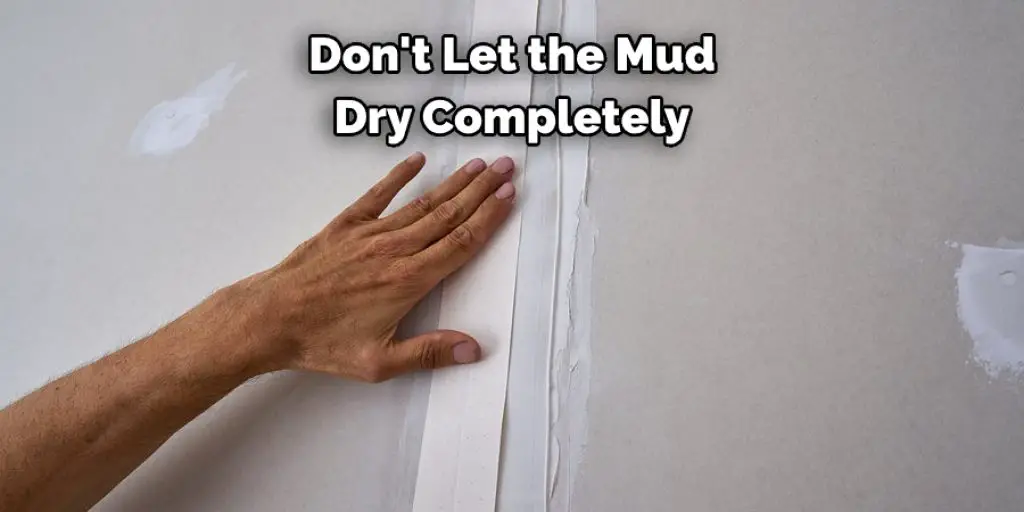
4. Sand Between Coats
The surface would be uneven and lumpy if you don’t sand between coats. To do this, you will need to remove the old tape and apply new tape. Make sure you sand each coat of mud before applying the next. This will create a smooth surface that is easy to paint or wallpaper. Make sure you sand each coat of mud before applying the next. This will create a smooth surface that is easy to paint or wallpaper. If the mud is too thick, you can sand it down until it is the desired thickness.
5. Apply a Second Coat of Mud
If the first coat of mud was not applied evenly, you could apply a second coat. This will help to create an even surface. To do this, apply the mud with a putty knife, using strokes in different directions. Once the second coat is dry, you can sand it down to create an even finish.
6. Use a Higher Quality Mud
If you are not happy with the results of your mud job, you can try using a higher quality mud. This will usually provide better results and help ensure your finish is smoother. To do this, apply a thin layer of high-quality mud over the top of your existing mud job. Allow this to dry completely before sanding and painting. You can sand it down to the desired thickness if the mud is too thick.
7. Use a Wide Putty Knife
If you have trouble getting the mud to spread evenly, try using a wide putty knife. This will help to ensure that the mud is applied evenly and will help to avoid any streaks or lines. To use a wide putty knife, hold it at a 45-degree angle and apply pressure as you move it across the surface. If the mud is not spreading evenly, you can try using a different type of knife, such as a scoring knife.
8. Use a Sanding Block
If you have trouble sanding the mud, try using a sanding block. This will help create a smooth surface and make it easier to sand the area evenly. To use a sanding block, wet the block and then rub it over the surface of the mud. You can try using finer grit sandpaper if the mud is still not sanding evenly.
9. Wipe Off Excess Mud
If you have applied too much mud, you can wipe off the excess with a damp cloth. This will help to create a smoother surface and will help to prevent any streaking. To do this, wet a cloth and then wipe off the excess mud. If the area is still too wet, you can try using a hairdryer on the low setting to help dry the area.
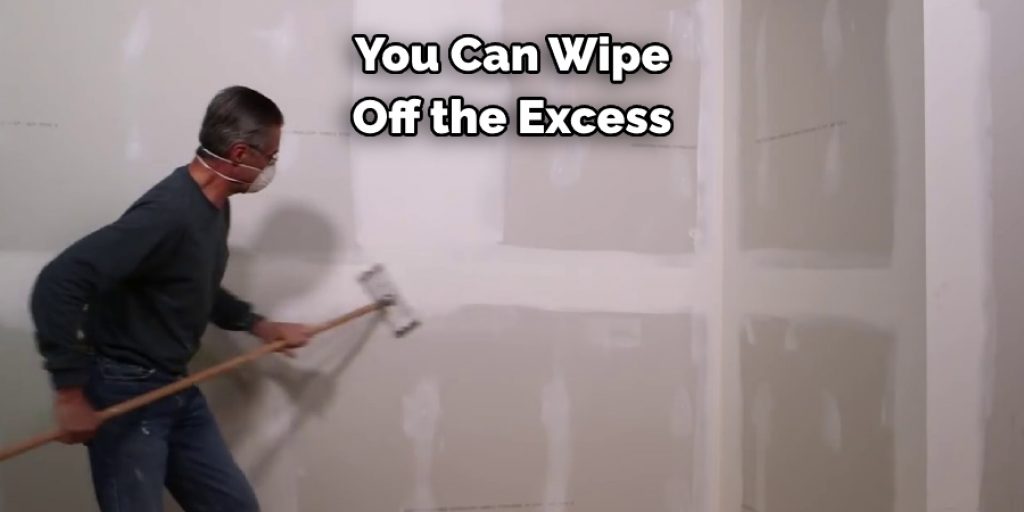
10. Use Caulking to Fill Gaps
If you have any gaps or cracks in your mud job, you can try using caulk to fill them. This will help to create a smoother surface and will help to prevent any further damage. To do this, apply a small amount of caulk to the gaps or cracks and then smooth it out with your finger. Allow the caulk to dry completely before sanding or painting.
11. Prime and Paint the Walls
Once you are happy with the results of your mud job, you can use primer and paint the walls. This will help protect the mud and give the walls a finished look. You can use any paint that you like. Just make sure you apply a primer first so the paint will adhere properly. First, apply a primer layer and then allow it to dry completely. Once the primer is dry, you can apply the paint in any color that you like.
12. Hang Wallpaper Over the Mud
If you want to cover the mud with wallpaper, you can do so once it is dry. This will help protect the mud and give the walls a finished look. To do this, apply a layer of wallpaper adhesive to the back of the wallpaper and then smooth it out. Once the adhesive is dry, you can apply the wallpaper to the wall. Start at the top of the wall and work your way down. Apply pressure as you go so that the wallpaper will adhere properly. Once the wallpaper is in place, you can trim off the excess with a sharp knife.
How Much Does It Cost to Fix a Bad Drywall Mud Job?
The cost of fixing a bad drywall mud job will vary depending on the extent of the damage. If the mud is only slightly damaged, you may be able to repair it yourself. However, if the mud is severely damaged, you may need to hire a professional to fix it. The cost of hiring a professional will vary depending on the severity of the damage and the size of the area that needs to be repaired. Normally, the cost of repairing a bad drywall mud job will range from $200 to $400.
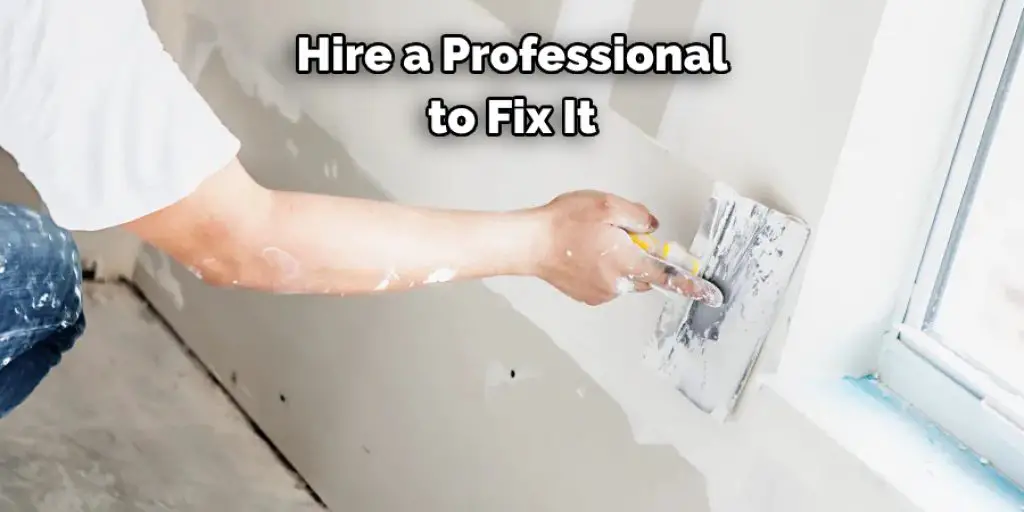
Conclusion
So, there you have it, a few tips to help how to fix a bad drywall mud job. If you’re experiencing these problems with your own drywall project, don’t worry – we’ve got you covered. Just follow the steps outlined in this post, and you should be able to salvage your wallboard repair and make it look like a professional did the work.
You Can Check it Out Get Drywall Dust Out of Carpet








